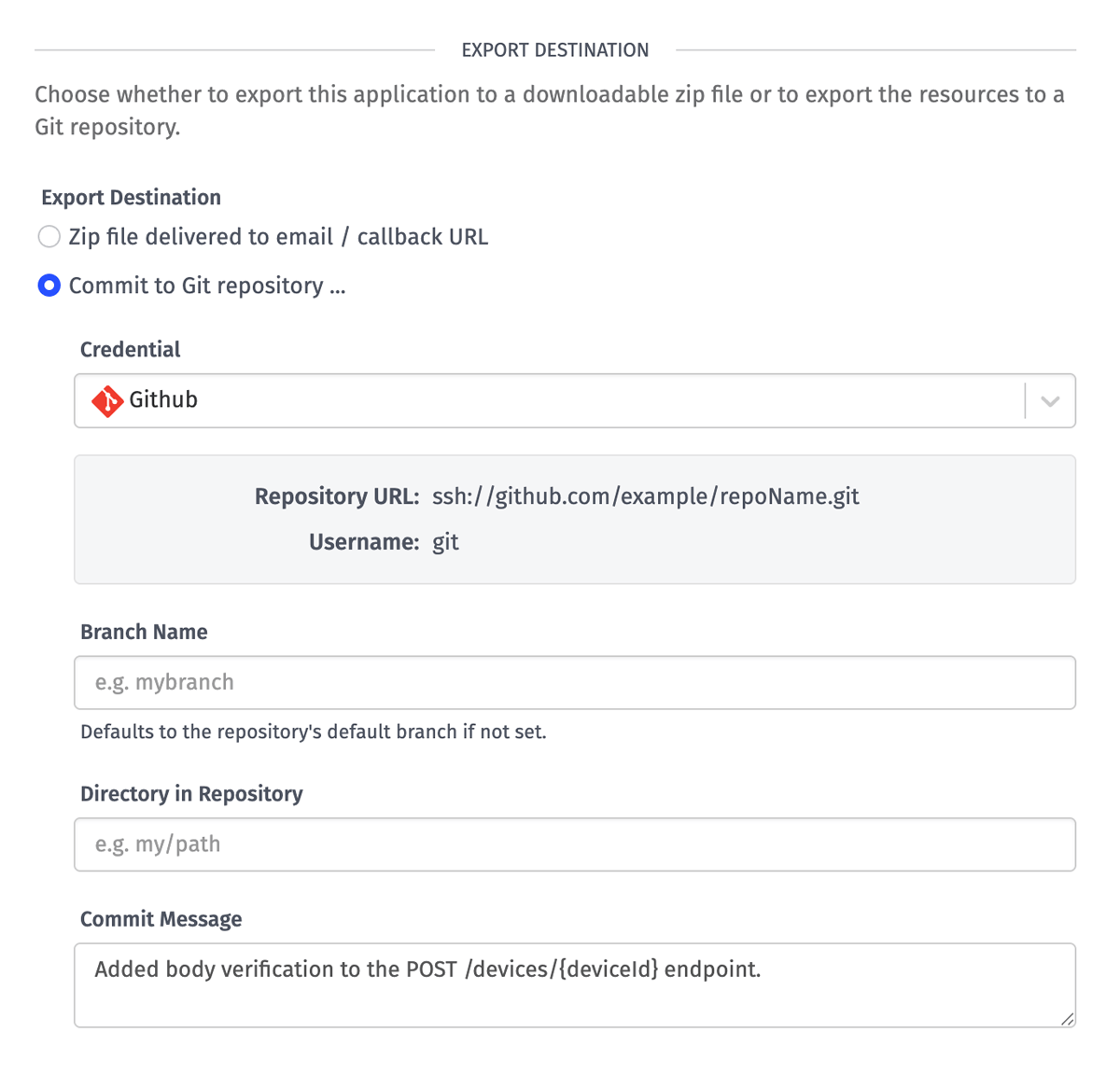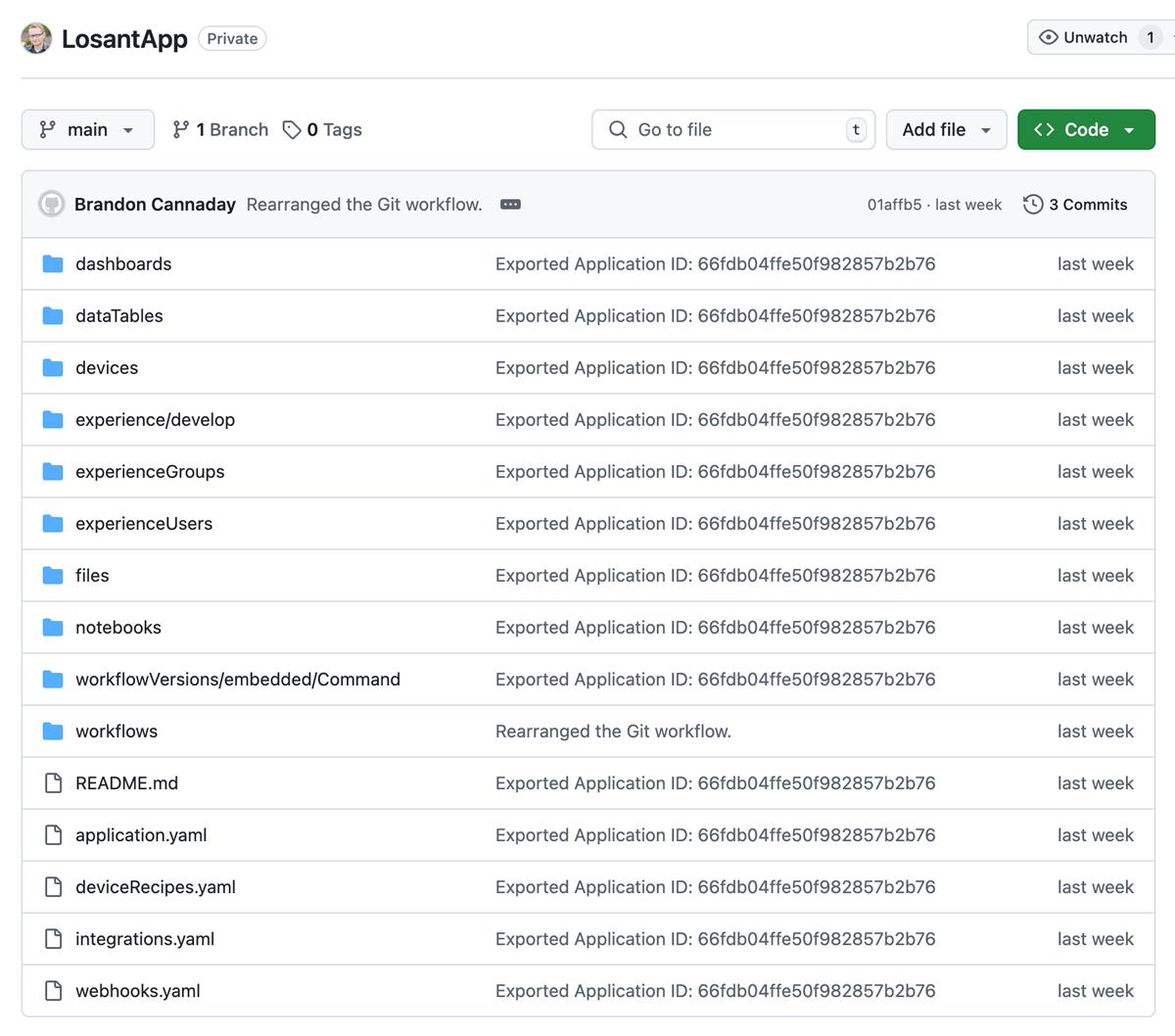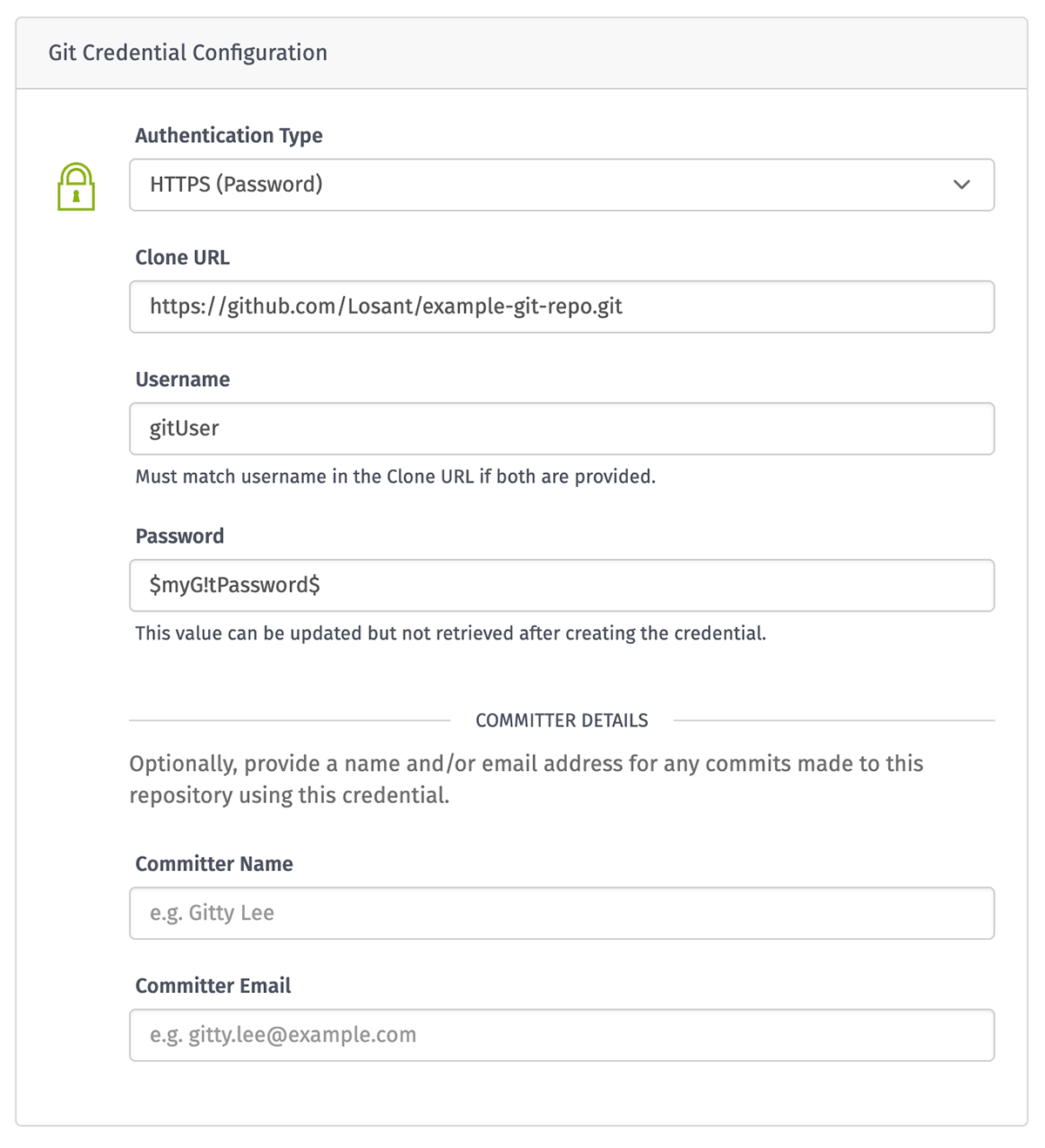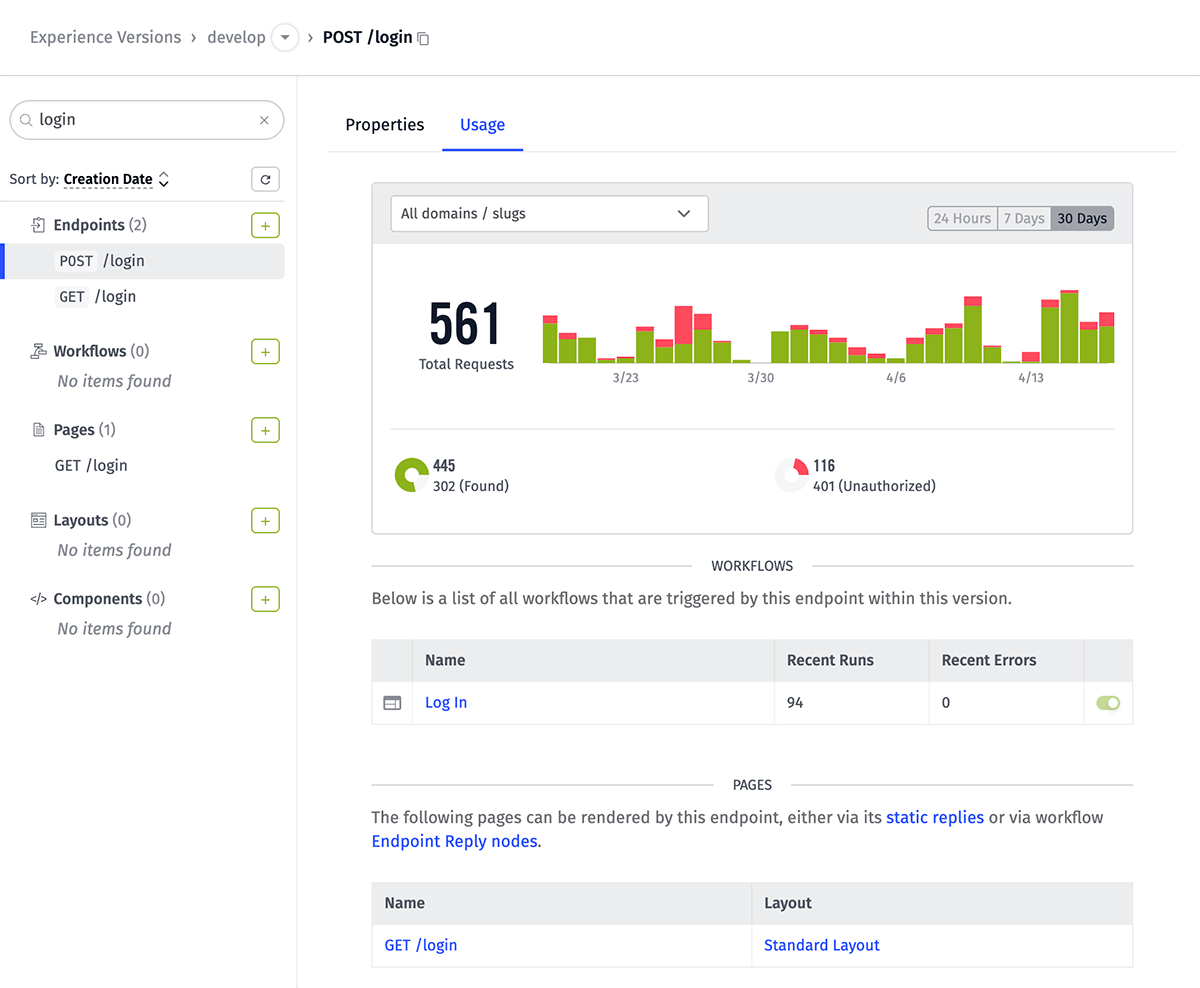Today's update greatly improves the management of your application's development lifecycle by making it possible to import and export applications directly to your own Git repositories. This update also increases the visibility over your application's performance and health by providing per-endpoint usage statistics.
Application Import / Export Using Git Repositories
Application import and export is a fundamental part of how we recommend managing an application development lifecycle. Exporting is also the best way to create your own application backups.
With today's update, you can now use a Git repository for both application imports and exports.

All major Git hosting services are supported (GitHub, GitLab, Bitbucket, etc.). You can also use your own privately hosted Git as long as the repository URLs are publicly accessible.
When using Git, the resulting file structure is identical to the existing zip file export. Therefore, if you already have a Git repository populated by the contents of an exported zip, you can begin using the Git export option on your existing repo with no modifications.

To secure the connection between the platform and your Git repositories, we've also added the Git Service Credential. This ensures the SSH private key or HTTPS username/password used for authentication is encrypted and can never be directly accessed by any users you invite to your Losant organization.

We recommend that every user periodically export their applications as a way to back up their resources. By introducing Git as an export destination, you can now easily maintain a history of changes, view diffs, and even implement pull requests as part of your overall development process.
Per-Endpoint Usage Stats
This update also expands the existing "Usage" tab on the endpoint configuration page to include stats about your endpoint requests.

These are the same stats that are available on your experience overview page, but are now filtered to the specific endpoint. This allows you to quickly identify which endpoint(s) may be the source of HTTP status codes indicating errors (404, 500, etc.).
This feature is the latest in our long-running goal to expose useful and actionable information throughout all parts of the platform.
Other Updates
As always, this release comes with several other features and improvements, including:
- Device attributes can now be renamed.
- The API now has endpoints for modifying individual device attributes.
- The Allen-Bradley Node has received significant performance improvements.
What’s Next?
With every new release, we listen to your feedback. By combining your suggestions with our roadmap, we can continue to improve the platform while maintaining its ease of use. Let us know what you think in the Losant Forums.
